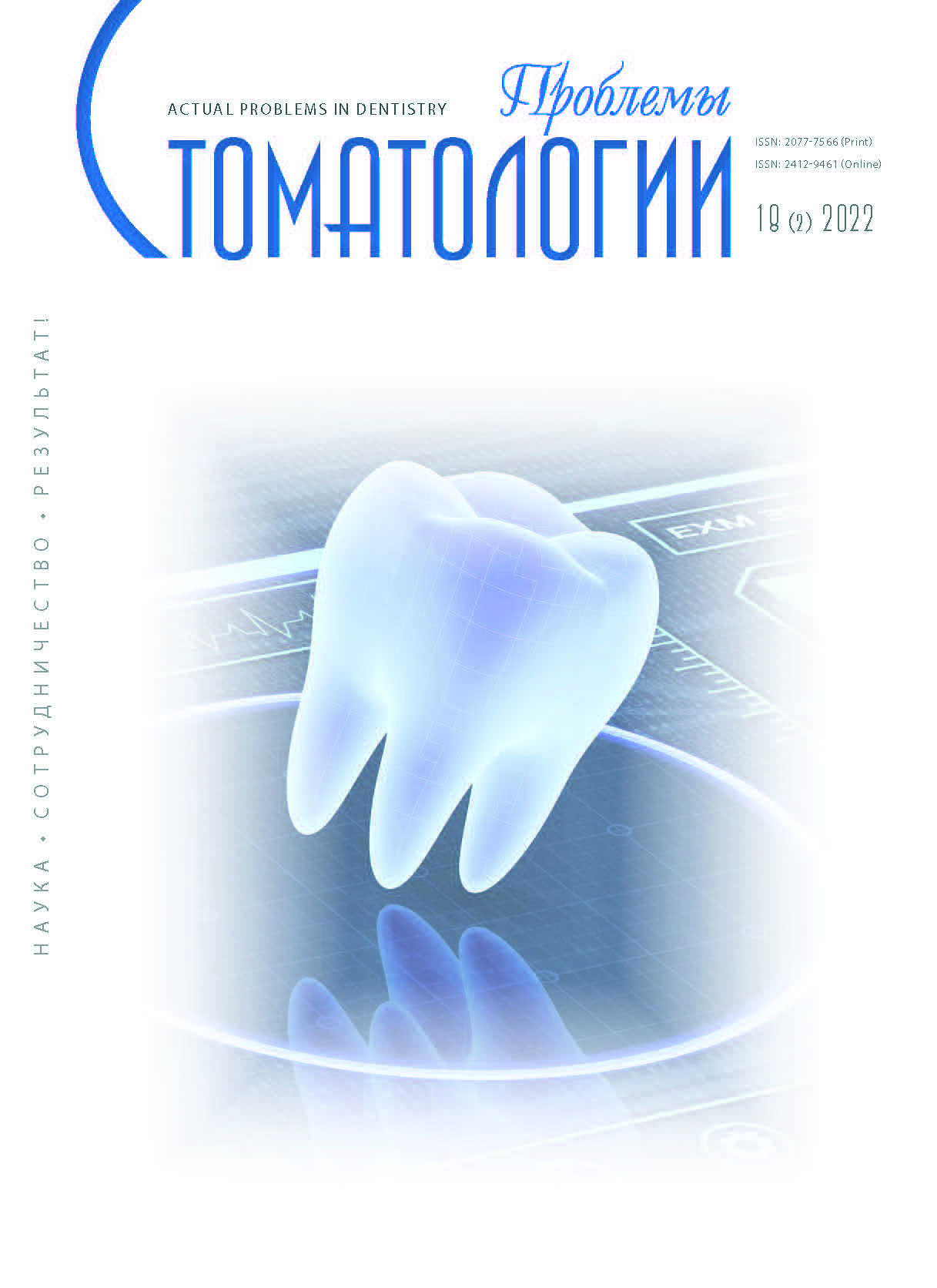Moskva, Russian Federation
Samara, Russian Federation
Samara, Russian Federation
UDC 616
CSCSTI 76.29
Russian Classification of Professions by Education 31.05.03
Russian Library and Bibliographic Classification 566
Subject. Settlement of disputes between consumers and providers of dental services related to their inadequate quality is a complex multifactorial problem. The successful solution of this problem can be helped by a predictive algorithm of consumer actions, built taking into account three important factors: 1) the time for making a decision about the nature of consumer actions; 2) the leading motive of the consumer when he decides on the nature of his actions; 3) the most likely options for the consumer to protect their rights in a dispute related to the improper provision of dental services. Goal. Formulation of proposals for the effective settlement of disputes between medical organizations and citizens based on a predictive algorithm for consumer actions in case of improper provision of dental services. Methodology. The actions of patients in resolving a dispute related to the improper provision of dental services were studied; the methods of questioning, variational statistics are applied in the work. Results. A statistically significant difference was found in the responses of patients and dentists about the factors in the settling of disputes associated with the improper provision of dental services. In this regard, two predictive algorithms for consumer actions are presented. The first corresponds to the patient's real intellectual and volitional representations. The second reflects the view of doctors, which does not match them. Findings. Dentists should strive to effectively resolve the dispute related to the improper provision of services within 2–3 days (during the balance of the patient's emotional and rational moments of consciousness). The leading motive of the consumer is to receive compensation for the harm caused to health and compensation for moral damage, therefore, in order to effectively resolve the dispute, it is important to focus on agreeing on an adequate amount of the corresponding compensation. Doctors in the course of direct negotiations with the patient should ensure accessibility to any format of communication, including the use of modern information and communication technologies.
consumer action algorithm, survey method, relationship between patients and dentists, effective dispute resolution, negotiation
1. Grazhdanskiy processual'nyy kodeks Rossiyskoy Federacii. [Code of Civil Procedure of the Russian Federation. (In Russ.)]. https://base.garant.ru/12128809/
2. Federal'nyy zakon ot 29 dekabrya 2015 g. № 382-FZ «Ob arbitrazhe (treteyskom razbiratel'stve) v Rossiyskoy Federacii». [Federal Law of December 29, 2015 No. 382-FL «On Arbitration (arbitration proceedings) in the Russian Federation». (In Russ.)]. https://base.garant.ru/71295378/
3. Federal'nyy zakon ot 27 iyulya 2010 g. № 193-FZ «Ob al'ternativnoy procedure uregulirovaniya sporov s uchastiem posrednika (procedure mediacii)». [Federal Law of July 27, 2010 No. 193-FL «On an Alternative Dispute Resolution Procedure with the Participation of a Mediator (Mediation Procedure)». (In Russ.)]. https://base.garant.ru/12177508/
4. Shmelev I.A., Sergeev V.V., Kupryahin V.A. Mehanizmy uregulirovaniya sporov, svyazannyh s nenadlezhaschim okazaniem medicinskih uslug. Problemy social'noy gigieny, zdravoohraneniya i istorii mediciny. 2021;29(2):270-277. [I.A. Shmelev, V.V. Sergeev, V.A. Kupryakhin. Mechanisms for the settlement of disputes related to the improper provision of medical services. Problems of social hygiene, health care and the history of medicine. 2021;29(2):270-277. (In Russ.)]. http://dx.doi.org/l0.32687/0869-866H-2021-29-2-278-281
5. Kupryahin V.A., Sadovskiy V.V., Sergeev V.V. Treteyskiy sud. Razreshenie sporov, svyazannyh s okazaniem stomatologicheskih uslug. Problemy stomatologii. 2017;13(2):95-100. [V.A. Kupriakhin, V.V. Sadovsky, V.V. Sergeev. Arbitration court. Resolution of disputes related to the provision of dental services. Actual problems in dentistry. 2017;13(2):95-100. (In Russ.)]. doi:https://doi.org/10.18481/2077-7566-20l7-13-2-95-100




















